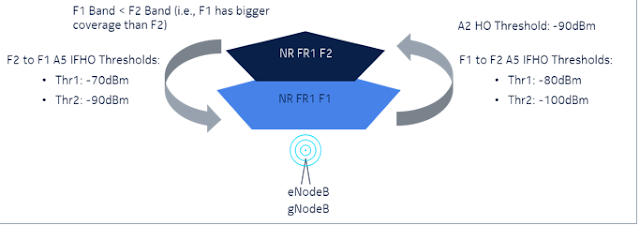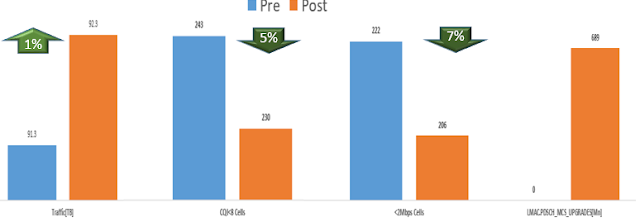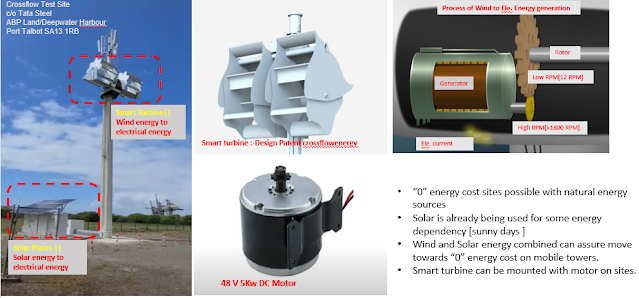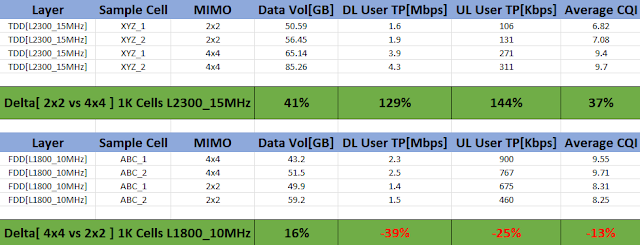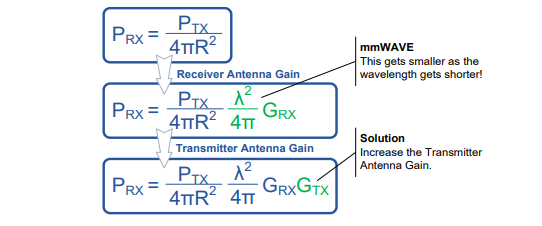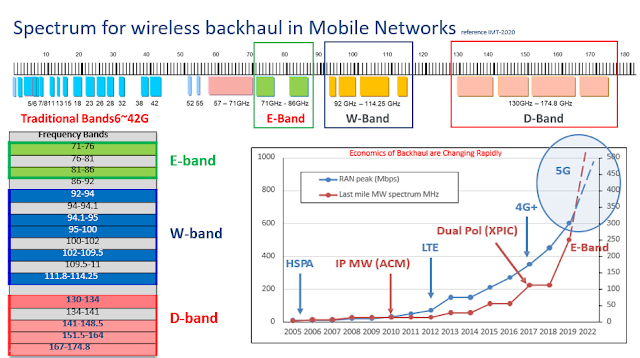Subscriber Churn Reason in Telecommunication

What’s predicting churn in Telecommunications apart from tariff Plans What Churn[Port Out ] figure says in India Recent Tarrif hike also indicated Network Quality /Performance never been a primary reason of Churn In Above Pie Chart customer is moving from AA to BJ it's ok can have some kind of network experience issue but why moving from AA to CV or DB justified ??? And intresting thing is why after tarrif hike movement towards CV and DB from AA is further increased ??? Actual Scenario :- Operator AA-73% Churn towards Operator -BJ , 25% towards Operator- CV and 2% towards Operator DB. AA is 2nd Operator w.r.t CMS Service- 2G ,4G,5G-NSA BJ is 1st Operator w.r.t CMS. Service -4G , 5G-SA CV is 3rd Operator w.r.t CMS. Service-2G,4G(Partial) DB is 4th operator w.r.t CMS. Service -2G 3G 4G(Partial) RCA-1.Whichever customer move from AA to BJ/CV operator through port out process 43% was unsatisfied with AA network and 46% due to differential tari...


